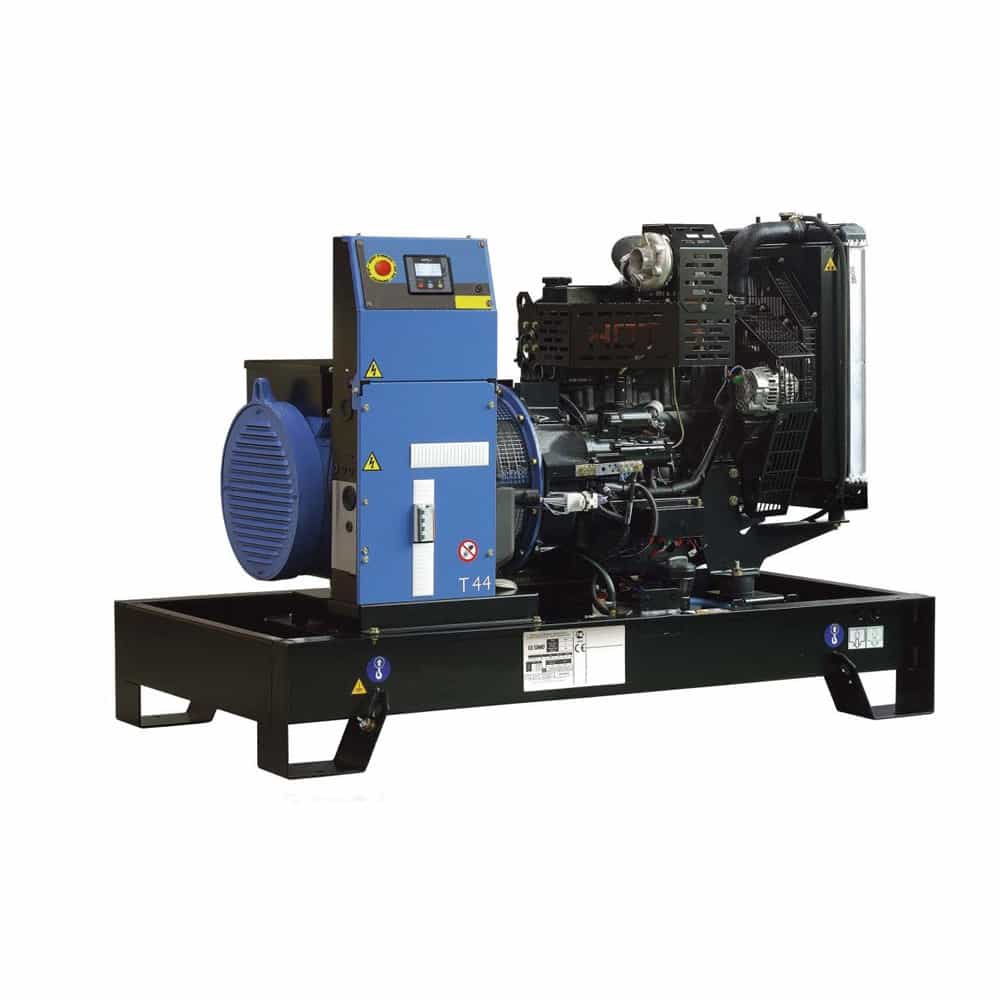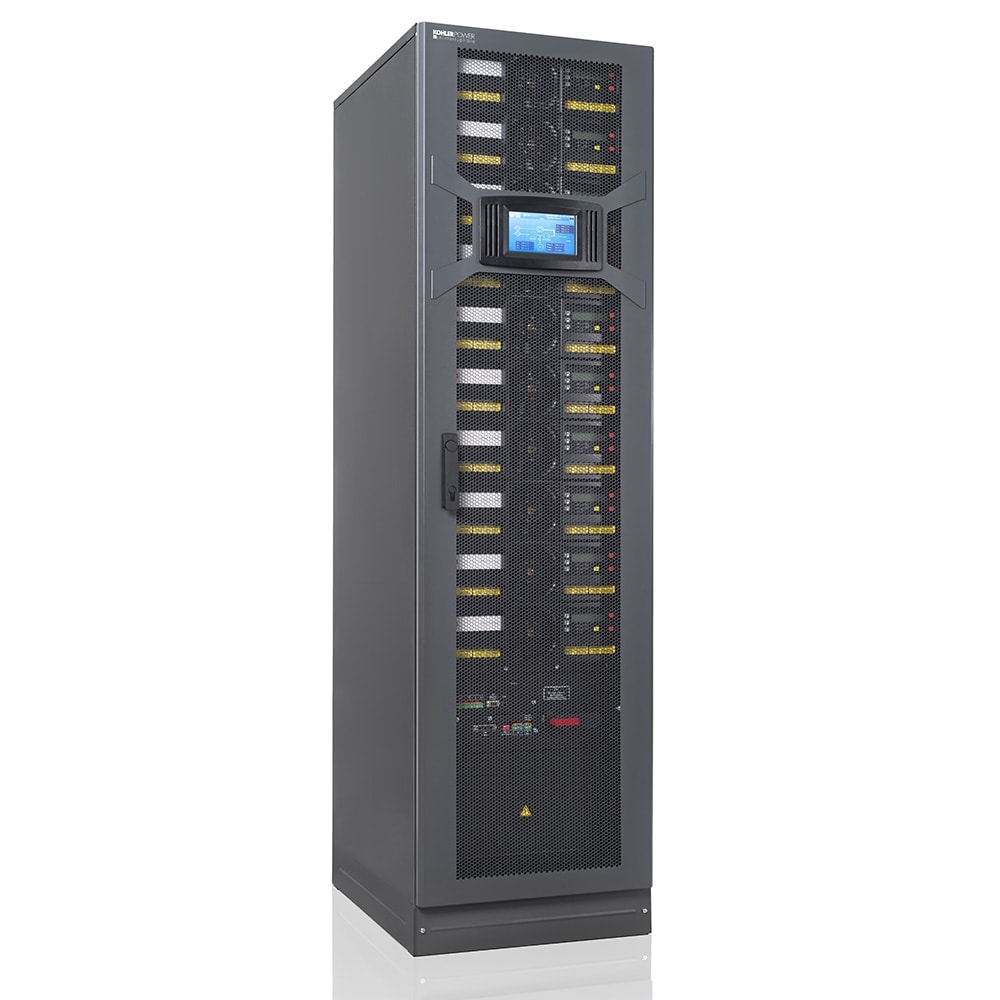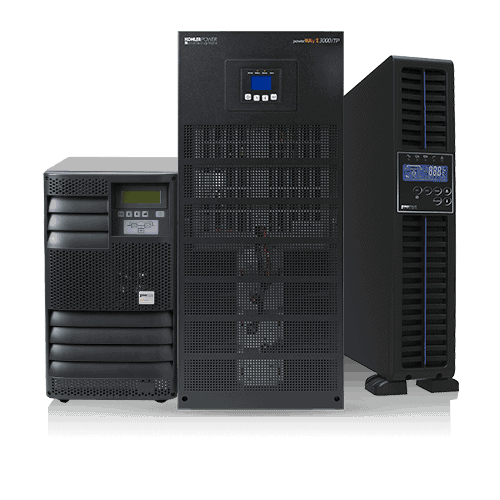For some organisations, a UPS system provides sufficient power protection to meet their needs. A UPS shields the critical load against mains-borne power disturbances and short-term blackouts but a UPS alone is simply not designed to manage extended outages. As a result, in a prolonged blackout situation, where a loss of ICT resource cannot be tolerated, a generator becomes necessary to support the UPS and establish a seamless end-to-end solution.
In this article, Alan Luscombe, director at KOHLER Uninterruptible Power Ltd., a KOHLER company, considers the options for generator and UPS protection.
Organisations of all sizes must provide their critical ICT equipment with protected, clean power 24/7. Problems including electrical transients, sags, and short-term blackouts can arise at any time; additionally, longer-term blackouts, although comparatively infrequent in the UK, remain a real possibility. In fact, 95% of all mains disturbances last less than five minutes, while anything longer is likely to last for several hours.
In countering these threats, facilities managers naturally favour power protection strategies that manage the perceived risks and system criticality, while avoiding excessive capital and operating costs. Achieving the right balance for any individual UPS installation depends on two key decisions: Firstly, whether to settle for a UPS system alone or extend protection to include a standby generator system, and secondly, which UPS topology to choose.
All installations need at least a UPS because those with the right topology continuously filter out the above-mentioned electrical aberrations before they can damage the ICT hardware, disrupt service, or destroy data. The UPS’s battery will even carry the load through a short-term power blackout of maybe a few minutes, or longer with extra battery capacity. However, an extended blackout long will exceed any UPS battery autonomy, no matter how extended.
In some applications, this may not matter. If the UPS detects a power failure of excessive duration, it can alert the critical load to initiate a graceful shutdown with the remaining battery power. No equipment is damaged and no data is lost. If the organisation can tolerate operating without its data processing resource until mains power is restored, the UPS alone is enough.
Generator considerations
Nowadays, however, the majority of enterprises rely on almost constant online interactions with their staff or customers, so any interruption in ICT availability is unacceptable. For these, the solution augments the UPS system with an on-site standby generator. If the mains fails, the UPS inverter seamlessly transfers to battery supply; then, if the mains is not restored within a preset timeframe, the UPS sends an automatic mains failure (AMF) signal to the generator. The remaining battery time is enough for the generator to start up, stabilise and begin feeding the UPS system. Power delivery to the load has not been interrupted during any part of the mains failure and can continue indefinitely, provided sufficient generator fuel is available.
Any chosen backup generator must be compatible with the UPS and set up correctly for the application. The generator supplier should be aware of its product’s intended use, and thorough testing during commissioning is essential. The generator should have an electronic speed governor to ensure that its alternator operates within the tight frequency limits essential to the UPS and its load. Its design and size should accommodate step load increases, although a better approach is to ensure the UPS system has ‘soft start’ capability, to limit the magnitude of the load step.
The KOHLER PW Generator T Series
On-line and off-line UPS topologies
UPS systems are available with either on-line or off-line topology, and the choice between these is highly significant for power protection. In an on-line UPS type, utility mains power passes through the rectifier and inverter power conversion components before reaching the load during normal operation. This mode filters out mains-borne power disturbances and delivers closely-regulated power at all times. Additionally, there is no load break during transfers to or from battery power.
By contrast, an off-line UPS passes power directly from the incoming mains to the load during normal operation. UPS output voltage has low regulation, while the load is exposed to any fault appearing on the mains supply. Additionally, there will be a power break of 2 to 10 ms whenever the static switch transfers the load between the bypass line and the inverter’s output.
Given these disadvantages, off-line UPSs are only viable for a limited number of applications; those where the operators have sufficient confidence in the quality of their mains power supply or the resilience of their critical load. The off-line UPS system’s attraction lies in their lower associated pricing; capital expenditure is reduced because component costs are less, and, as the power does not flow through the inverter or rectifier during normal operation, operating efficiency losses are mostly eliminated.
However, most operators responsible for keeping critical loads up and running, regard the exposure to mains problems as unacceptable, irrespective of any capex or opex savings that may be available. Accordingly, on-line topology UPSs remain the preferred choice for mission-critical applications.
The KOHLER PW 8000DPA ST200 modular UPS
Conclusion
Critical and sensitive ICT loads face two threat types from the utility mains supply; everyday disturbances and short-term blackouts, and the rarer occurrence of longer-term blackouts. For organisations that can accept a period without a data processing resource, UPS protection alone may be sufficient. However, when real-time online transaction processing is involved, a generator becomes an essential complement to the UPS system.
This article has highlighted the considerations to bear in mind when establishing a suitable power protection strategy for your installation, and fulfilling it with the best possible UPS and generator components.
This article has been published in the May 2017 edition of FMJ magazine






